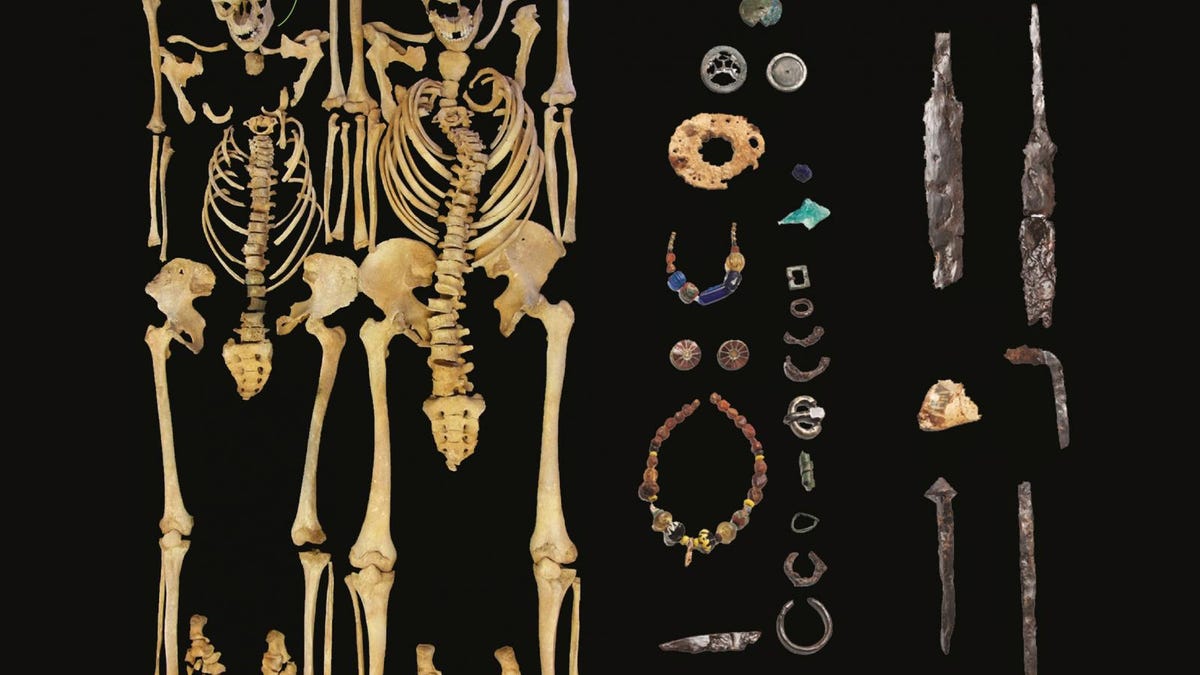Ancient bones help reconstruct 6th century plague
Skeletons dating back 1,500 years have yielded secrets about the mysterious plague that wiped out 50 million people during the time of the Byzantine Empire.
The Plague of Justinian isn't as well known as the Black Plague of the 14th century, but it was still devastating. Over the course of two centuries, from around 541, it struck down up to 50 million people -- approximately 15 percent of the world's population at the time.
Molecular evidence from victims of the Plague of Justinian pointed to Y. pestis, the same organism responsible for the Black Plague. In fact, in 2014, a researcher by the name of David Wagner extracted Y. pestis from the tooth of a Justinian plague victim and sequenced its genome. However, Wagner's genome is a draft, or incomplete.
But the plague may have been more widespread than previously thought. Researchers from Germany confirmed the presence of Y. pestis by analysing the teeth of two sixth century skeletons found in an ancient burial site in the south of Germany -- but they found more, too.
The team identified 30 new mutations and structural rearrangements unique to the Justinian plague that could not previously have been detected by Wagner. In addition, the team identified 19 false-positive substitutions in Wagner's genome.
These findings could help more accurately determine how far-reaching the Justinian plague actually was, and help improve the quality of genomic data from ancient pathogens. It could also offer insights into the evolution of Y. pestis, especially since the bubonic plague has been classified by the WHO as "re-emerging."
This new research constitutes the first complete, high-coverage sequencing of the Justinian Y. pestis genome.
"Our research confirms that the Justinian plague reached far beyond the historically documented affected region and provides new insights into the evolutionary history of Yersinia pestis, illustrating the potential of ancient genomic reconstructions to broaden our understanding of pathogen evolution and of historical events," said researcher Michal Feldman.


